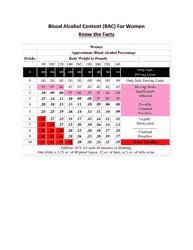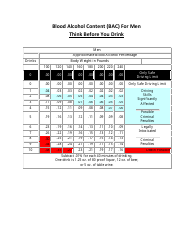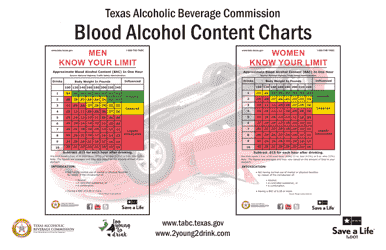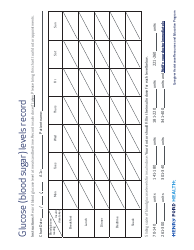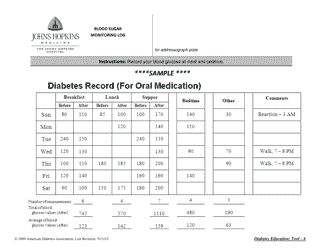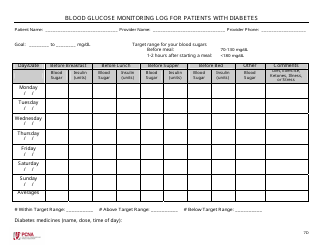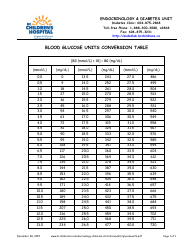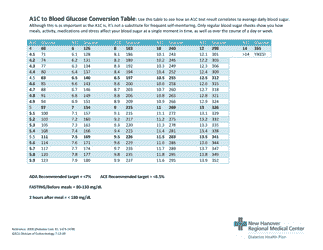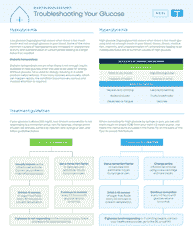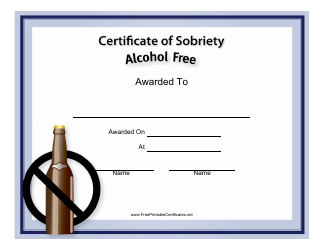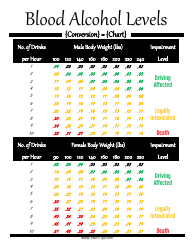Blood Alcohol Content (Bac) Tables
Blood Alcohol Content (BAC) tables are used to estimate the level of alcohol in a person's blood based on factors such as body weight, gender, and the number of drinks consumed. This information helps determine if a person is legally intoxicated and can be used by law enforcement to enforce drunk driving laws. Additionally, BAC tables can be used to understand the effects of alcohol on the body and make informed decisions about alcohol consumption.
Blood Alcohol Content (BAC) tables are not filed by any specific entity or individual. BAC tables are commonly developed and published by various organizations, such as government agencies, research institutions, and educational institutions. These tables provide information on estimated BAC levels based on factors like weight, gender, and number of drinks consumed.
FAQ
Q: What is Blood Alcohol Content (BAC)?
A: Blood Alcohol Content (BAC) is a measurement of the amount of alcohol in a person's bloodstream.
Q: How is Blood Alcohol Content (BAC) calculated?
A: BAC is calculated by considering factors such as the person's weight, the amount of alcohol consumed, and the time over which the alcohol was consumed.
Q: What is the legal BAC limit for driving in the US?
A: The legal BAC limit for driving in the US is generally 0.08%, although it can vary by state.
Q: What are the effects of different BAC levels?
A: Different BAC levels can have varying effects, including impaired judgment, reduced coordination, and loss of control.
Q: How long does it take for the body to eliminate alcohol from the system?
A: On average, it takes about one hour for the body to eliminate one standard drink of alcohol.
Q: Are BAC tables accurate?
A: BAC tables provide estimates based on averages, but individual factors can affect how alcohol is processed in the body, so they may not be completely accurate.
Q: What are some tips for responsible drinking?
A: Some tips for responsible drinking include pacing oneself, drinking water between alcoholic beverages, and avoiding drinking and driving.





